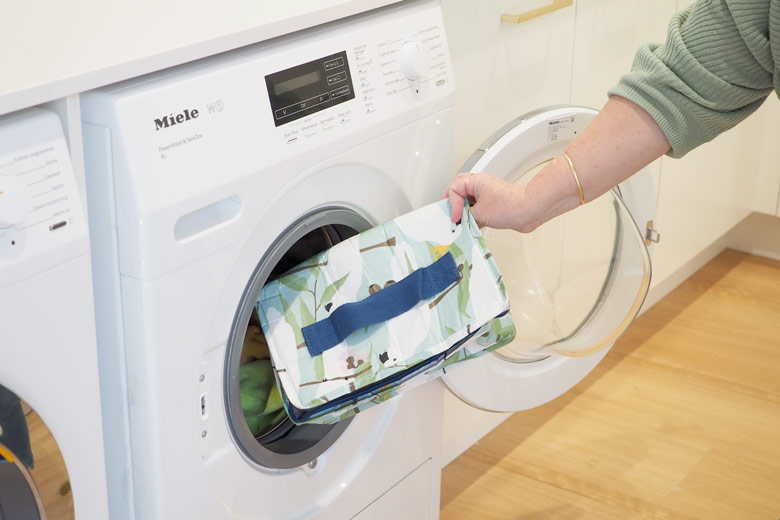What Type Of Exercises Can Help Reduce Menopause Symptoms? We Asked An Expert
Menopause is a major milestone in a woman’s reproductive journey. While its symptoms may eventually subside, the duration and intensity can vary widely from person to person. However, experts agree that certain lifestyle changes can help ease discomfort and enhance overall well-being. Among these, regular physical activity plays a crucial role. In a conversation with the OnlyMyHealth team, , shared some of the most effective exercises to help manage menopause symptoms.

Menopause marks the end of menstruation. This suggests that the ovaries stop releasing eggs for fertilisation. According to the World Health Organization (WHO), natural menopause generally occurs between 45 and 55 years. Common menopause symptoms include:

As more women move into the postmenopausal phase, staying active becomes key to feeling strong and healthy. Research suggests that regular exercise helps maintain muscle and bone strength, boosts balance, and eases stress. Experts recommend a mix of aerobic, strength, and balance exercises, about 2.5 hours a week.
A 2024 review published in looked at whether exercise could help. The findings showed that yoga may help improve physical, urogenital, and overall symptoms, while evidence for easing hot flashes and mood issues was unclear. Aerobic exercise showed some promise but wasn’t consistently effective.
According to health guidelines, menopausal women should aim for at least 150 minutes of moderate-intensity aerobic activity per week, says Dr Sharma, adding that this can be broken down into 30 minutes a day for five days a week.
Additionally, strength training exercises should be done at least twice a week to maintain muscle mass and bone density, which naturally decline during and after menopause. Flexibility and balance exercises, such as yoga or tai chi, are also encouraged two to three times a week to reduce fall risk and maintain joint health.
Aerobic exercises like walking, cycling, and swimming are among the most effective for reducing hot flashes and night sweats. These activities improve cardiovascular health, promote better circulation, and help regulate body temperature.
According to Dr Sharma, studies have shown that women who engage in moderate aerobic exercise for at least 30 minutes most days of the week experience fewer and less intense hot flashes. “Resistance training using light weights or resistance bands can also help balance hormones and reduce overall discomfort during menopause. Consistency is key; even brisk walking daily can provide noticeable relief over time.”

The 2024 review mentioned above suggested that yoga showed the most promise, helping with physical and urogenital symptoms in menopausal women.
Dr Sharma says, “Yoga combines physical postures, breathing techniques, and mindfulness, which help lower cortisol levels—the stress hormone—and increase overall well-being.”
She recommends poses like legs-up-the-wall, child’s pose, and gentle twists that support hormonal balance and calm the nervous system.
Practising yoga regularly has also been shown to improve sleep quality, reduce anxiety, and increase body awareness, all of which can positively affect how a woman experiences menopause.
While menopause can lead to a range of uncomfortable symptoms, regular physical activity provides a natural and effective way to manage many of them. Whether it’s walking, strength training, or yoga, staying active can help ease discomfort, boost mood, and improve overall well-being.
As Dr Sharma highlights, the key is consistency and choosing exercises that suit your body and lifestyle. With the right approach, women can feel more in control and supported through this important life stage.













